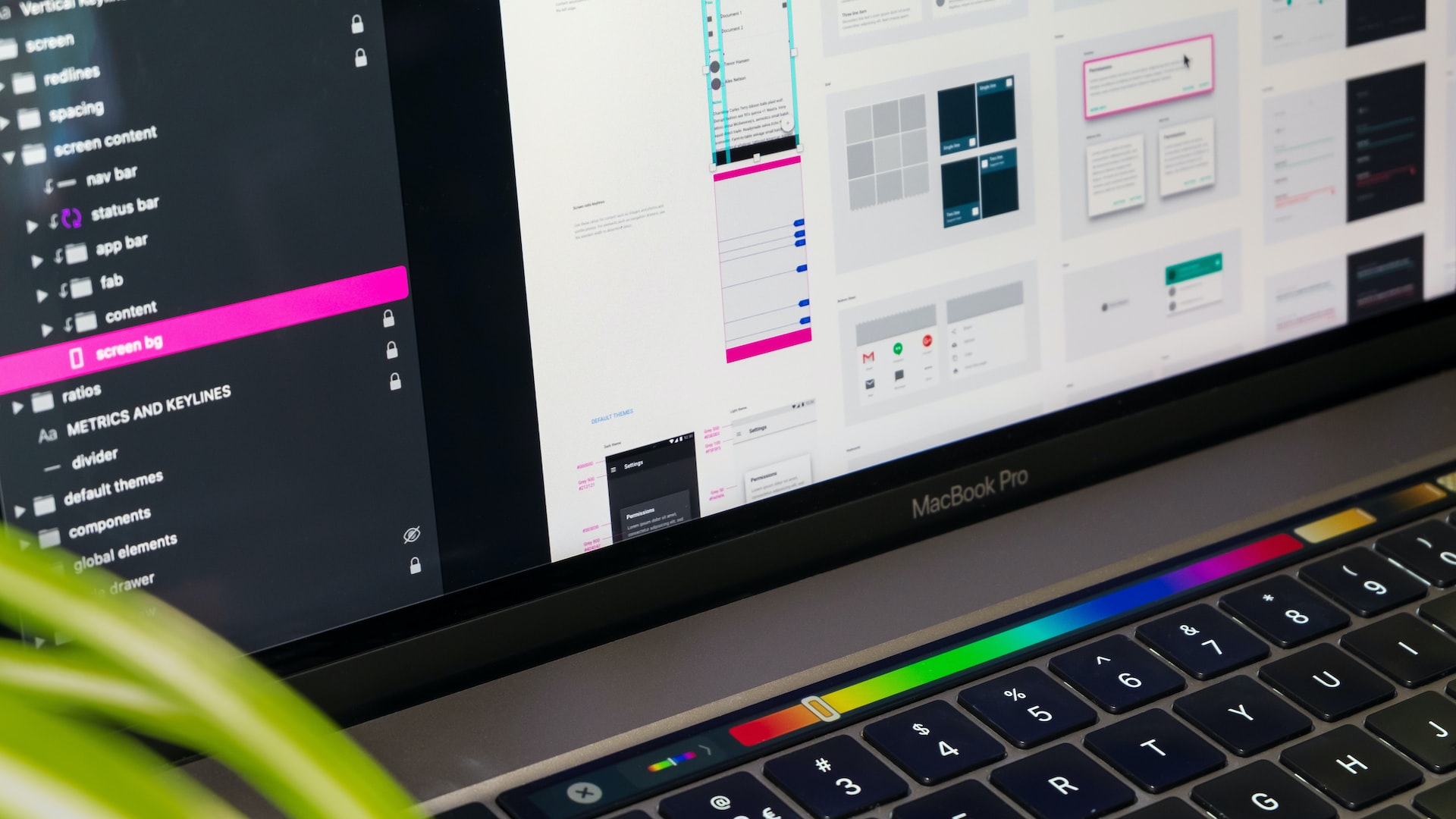3 Easy Ways to Amplify User Satisfaction
Pay attention – as with any relationship; it must be cultivated and paid attention to, nurtured. Usability refers to the quality of a user’s experience when exploring the site (including all software and devices/applications). As mentioned in previous blog posts, it is a mix of factors: intuitive design, ease of learning, efficiency, memorability, error frequency/severity and satisfaction.
1. Engage in User Testing
We can’t stress this enough – how else will you know what works best for your website and its users? Many organizations skip this process, finding it a long and winding journey, unsure where to begin or if their efforts will be fruitful. Investing the effort and time into the depth and research into the user database will bring issues to light that would otherwise have never been discovered. How can a brand address these points if the wool is pulled over its eyes?
The data obtained falls into two categories: quantitative (denoting what happened during the testing process) and qualitative (specific notes detailing what the participants thought or commented on).
2. Reach Out to Users
Create a forum where your website users are comfortable sharing their experience with your product/service/platform. Start the conversation – by keeping a friendly (yet professional) tone, and ask your audience about their interaction. Do they find it easy to navigate, or is the process slower than expected? Is the interface attractive, or do they find their attention wandering, distracted by details or not engaged?
Don’t be afraid to tackle the social media phenomenon – it’s not as difficult as it looks. Do the necessary research to ensure that your brand uses the most efficient platforms, reaching out to your targeted market. For example, if using Instagram will not benefit your brand’s connectivity, then stay away from it – investing time in it will only frustrate your marketing team and bring you back to square one. Twitter remains the most useful platform in many industries/markets, allowing a brand to communicate directly with its followers, personalizing any feedback.
3. Feedback and Creative Process
Once the testing and social media objectives have been completed, the process continues – it’s time to begin analyzing the obtained feedback and immersing in the creative process. The best part about the comments and concerns gathered from your audience is the ability to rejuvenate creativity – often, a brand may get caught up in the intensity of putting out a product or designing the ideal interface for user satisfaction. Re-starting the brain with these helpful edits allows you to approach your brand from a new angle.
Related Articles
Navigating the Design of Input Controls in UI
January 6, 2024
UI Signifiers in Website Design
January 5, 2024



